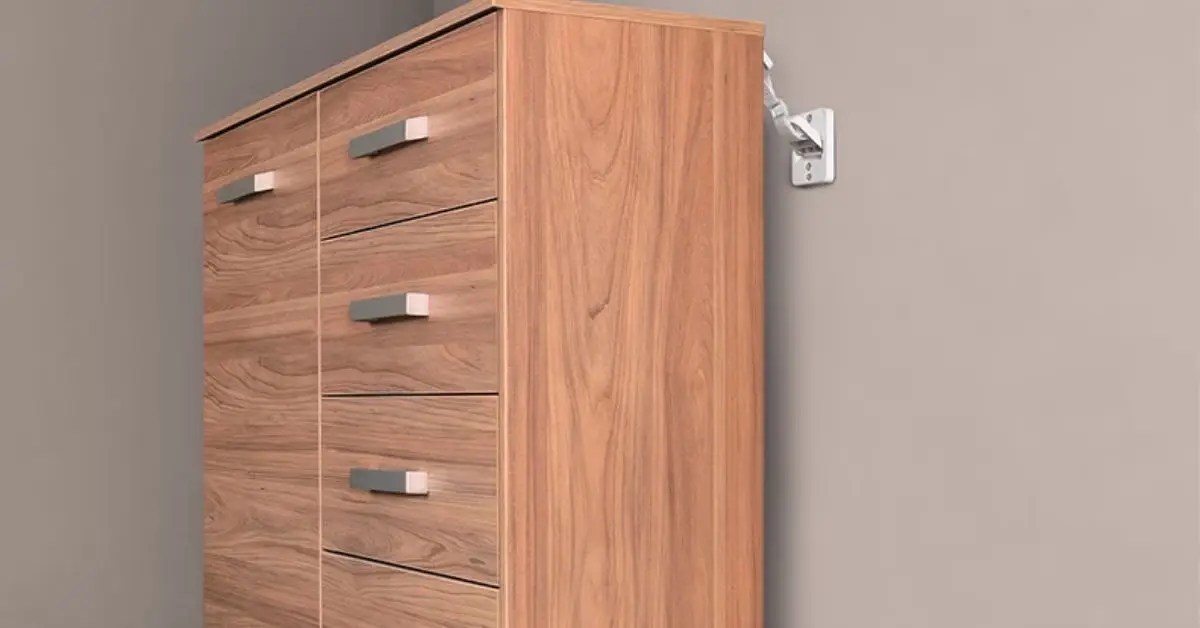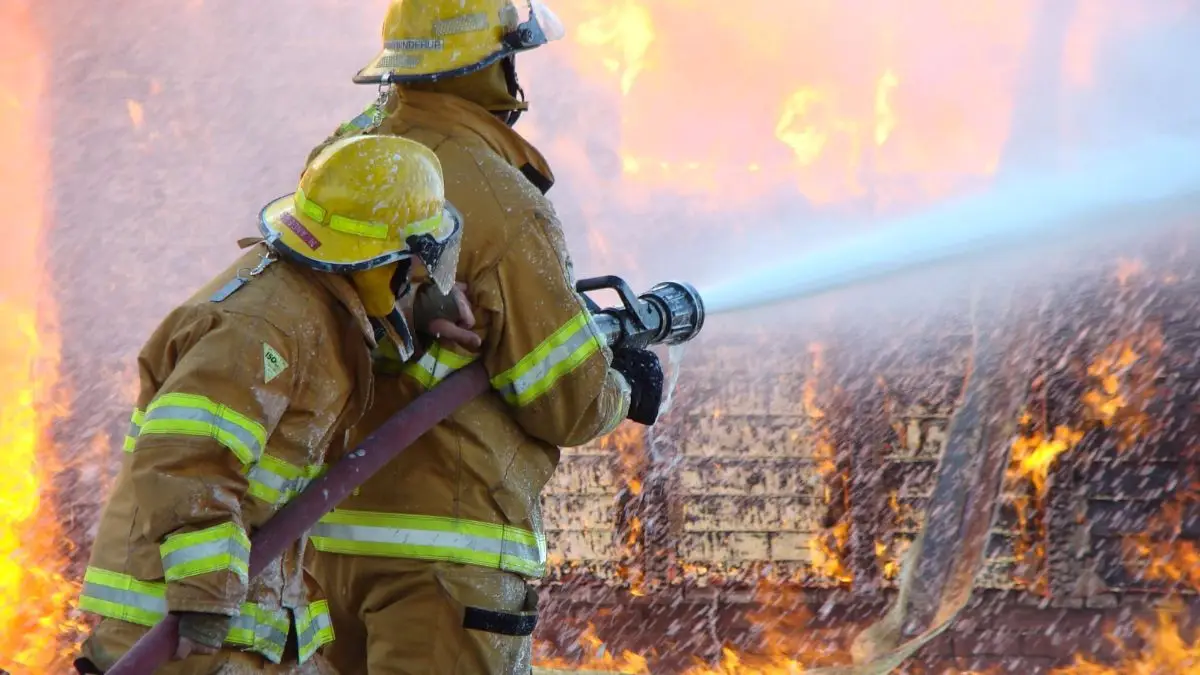Earthquake Home Safety: 10 Proven Steps to Protect Your Family & Property
Earthquakes in the area where I reside don’t typically make the news. However, one morning my faith was shaken by a slight tremor that rocked my windows. A bookcase wobbled. One of the picture frames fell to the ground. Although it was brief, it altered my perspective on home safety.
The majority of Americans believe that earthquakes only affect the West Coast. Alaska, perhaps. However, the truth is far more expansive. There have been earthquakes in New York, South Carolina, Missouri, and Utah.There is a real and increasing risk.
Even so, the majority of us haven’t stopped to consider the straightforward query: Is my house earthquake-ready?
In actuality, a lot of houses, particularly older ones, were not constructed with seismic safety in mind. Additionally, it has nothing to do with apps or equipment when the shaking begins.It has to do with your prior actions.
This isn’t just another list of home safety precautions for earthquakes. It’s a useful manual for strengthening, protecting, and preparing your house for the next earthquake.
Because hope won’t help once the ground moves.There will be action.
1. Assess Your Home s Risk Zones
You must identify your home’s weakest points before you can take steps to make it earthquake-proof. It’s similar to seeing a doctor first, then receiving therapy.
Examine the structure of your house first. Does it predate the 1980s? Was it constructed prior to the seismic construction codes being modified by your state? Many American homes, particularly those in moderate-risk areas, were not built with earthquakes in mind.
Watch for warning signs such as:
- Unreinforced masonry walls
- Cripple walls in crawlspaces (especially in older homes)
- Heavy ceiling fixtures or decorative beams
- Chimneys made of brick without steel reinforcements
Take note of the layout as well.Although open floor plans with few walls may seem fantastic, they may lose structural integrity when there is a lot of shaking.
Consider obtaining a seismic retrofit assessment from a certified inspector in your state if you rent or are unsure about the construction of your house.
For comprehensive home assessment checklists, visit Ready.gov and FEMA.
What you haven’t identified, you can’t fix. Identifying your home’s weak points enables you to develop a targeted, cost-effective safety plan.
2. Bolt and Brace Heavy Furniture
What people don’t realize until it’s too late is that the majority of earthquake-related injuries are caused by falling objects rather than the quake itself.
Unanchored TVs, big cabinets, tall bookcases, and even piled décor can quickly become lethal. The solution is inexpensive and easy.
First things to secure:
-
Bookshelves and cabinets:
Anchor with L-brackets or furniture straps -
Tall appliances (like refrigerators):
Use anti-tip kits -
TVs and monitors:
Use low-profile safety straps or wall mounts -
Art, mirrors, and frames:
Hang with closed-loop hooks, not nails
Place bulky objects on lower shelves, such as flower pots or kitchen appliances. Additionally, you should never keep anything heavy above a couch or bed.
State organizations like PreparedBC include dozens of shareable suggestions if you’re looking for a visual checklist.An example of a tweet-style line
Fasten tall pieces of furniture to the wall. To ensure safety, don’t wait for a shaking.Falling objects, not collapsing structures, are the primary cause of interior injuries. One of the quickest and least expensive methods to start making your house safer right now is to brace your furniture.
3. Secure Fragile Items & Wall Hangings
Even though you might not give it much thought, the mirror above your couch could turn into a sheet of glass that flies across the room after an earthquake.
Anything that is breakable, framed, or made of glass merits closer inspection.
Here’s what to do:
- Remove heavy art or mirrors from over beds and sofas.
- Use locking hooks or closed-loop hangers instead of nails.
- For small breakables (vases, lamps, collectibles), use quake putty or museum gel to keep them in place.
Particularly in bedrooms where you’re most susceptible, these small adjustments could help avoid severe cuts or injuries.
The most avoidable accidents are frequently caused by falling glass and artwork. During an earthquake, you shouldn’t have to avoid your décor.
4. Protect Major Appliances & Electronics
Not only is it costly when a refrigerator topples over, but it is also dangerous. Even worse, a leak or fire could result from a gas water heater breaking loose.
Electronics and large, heavy appliances also require anchoring.
Things to protect:
-
Refrigerators, washers, dryers: Use wall straps or anti-tip kits.
-
Water heaters: Strap them securely and check local seismic bracing codes.
-
TVs and monitors: Use wall mounts or anti-slide pads.
-
Desktops or audio systems: Place on low, stable furniture
never on top-heavy stands.
Additionally, make sure the couplings on gas lines are flexible so they won’t break easily.
Large appliances can be overturned by even minor earthquakes, raising the possibility of gas leakage, fire, or electrocution.
5. Know and Practice Safe Zones & Drop, Cover, Hold On
Instinct takes over as the ground begins to tremble, but instinct isn’t always correct. This is why it’s important to practice the proper moves.
The procedure is straightforward:
-
Drop
to your hands and knees. -
Cover
your head and neck under a sturdy table if possible. -
Hold On
until the shaking stops.
Steer clear of doorframes (they’re not as safe as people assume), windows (glass), and kitchens (there are too many falling objects). Remain in bed and use a pillow to shield your head.In a wheelchair?Cover your head and lock the wheels.Outside?Keep your distance from electricity wires, signs, and buildings.
Their Earthquake Safety Checklist has particular advice for elderly, young, and disabled individuals.
It takes more than just maintaining composure to know what to do during an earthquake. It immediately reduces your chance of getting hurt. And if you ve practiced before, your body will remember even if your brain panics.
6. Prepare an Emergency Kit & Communication Plan
Power, water, and phone service may be unavailable in the hours following a significant earthquake. That s why planning ahead isn t optional it s essential.
Every emergency kit should include:
- At least three days of water per person
- Non-perishable food
- Essential medications
- Flashlight and extra batteries
- A battery-powered radio
- Phone power banks
- Copies of important documents, some cash, and sanitation supplies
Don t forget to include specific items for infants, seniors, or pets. If you live in an area prone to multiple natural disasters, like earthquakes or heavy rains, make sure your kit is versatile. Here s a guide onwhat to do if your house gets floodedthe steps often overlap with earthquake readiness. But even a perfect kit is only half the equationcommunicationcan fail too. When networks jam, texting or posting simple updates works better than phone calls. Agree on one out-of-state contact that everyone checks in with.
Once the shaking stops, survival depends on what you ve already prepared. Kits and communication plans save lives.
7. Retrofit & Structural Strengthening
You can secure your bookshelf, but if your house itself can t take a hit, it won t be enough.
For older homes or buildings in high-risk zones, retrofitting is one of the most powerful forms of protection:
-
Bolt your home to the foundation
-
Add
shear walls
in weak areas -
Reinforce
brick chimneys or stone facades
- Connect roof, walls, and floor systems with steel brackets
Cities like San Francisco and Los Angeles have promoted such upgrades after seeing the damage firsthand. Investing in retrofitting doesn t just help with earthquakes. Many of the same safety principles like using fire-resistant materials and sealing exterior gaps also apply whenwildfire-proofing your home. Even in Japan where earthquakes are frequentbetter building codes and retrofittinghave proven to drastically lower casualties.
You can explore the basics of these methods in theUSGS Earthquake Building Design guide.
A well-stocked home is no use if the structure collapses. Retrofitting is your long-term defense.
8. Educate Family & Drill Regularly
This is where theory becomes action.
Earthquakes are sudden, fast, and terrifying. But when your family knows what to do without thinking, panic doesn t take over. Practice makes that possible.
Schedule drills every few months:
- Teach everyone where to drop and cover
- Involve children, elderly, and even pets
- Walk through your evacuation routes and hiding spots
-
Simulate common situations
: at night, when alone, during school/work hours
Global initiatives likeThe Great ShakeOutare designed exactly for this getting families, offices, and schools to rehearse real earthquake scenarios.
When the shaking starts, you don t have time to think. Regular drills ensure your body already knows what to do.
9. Plan for Aftershocks, Utility Shutdowns & Evacuation
An earthquake doesn t end when the shaking stops. In fact,some of the most dangerous momentscan come afterward.
Here s what to keep in mind:
-
Expect aftershocks and
stay alert
-
Smell gas?
Shut off your gas line immediately
- Cut electricity if there s water damage or exposed wires
-
Keep
sturdy shoes
by your bed to avoid stepping on broken glass -
Wait
60 seconds
after a big quake before moving objects could still fall
If you re near a coastline or fault line, know your tsunami evacuation route ahead of time. Just like aftershocks, water-related damage can create hidden hazards in your home. If you notice leaks or water intrusion post-quake, don t delaytake these steps immediately after basement floodingto prevent long-term damage.
You can find a practical breakdown of these steps inThe Guardian s earthquake safety guide.
The danger doesn t end with the first quake. Knowing what to do next can prevent injury or even death.
10. Bonus: Technology & Alert Systems
Earthquakes might strike without warning but today, we re not entirely helpless. Modern technology is buying us back seconds that used to be impossible.
In places like Japan and California,early-warning systemslikeShakeAlertdetect seismic waves and trigger alerts on phones and public systems. That may only give you 5 10 seconds but it s often enough to duck, cover, and protect your head.
Some smartphones now have built-in quake detection features. Others rely on apps or government alert systems.Stay informedby keeping notifications active and knowing what each alert means.
Even a few seconds notice can make the difference between panic and action. Use every tool available to stay ahead.
Strengthen Your Safety, Step by Step
Let s be honest: preparing your home for an earthquake isn t glamorous. It s not something most of us wake up excited to do. But when the ground shakes and it will, especially if you re in a high-risk zonethe work you ve done ahead of time will be the only thing that matters.
Earthquake safety isn t about paranoia. It s about peace of mind. It s about walking into your home knowing that your shelves won t topple onto your kids that your appliances are anchored that you ve already practiced how to move, where to hide, and who to call.
It s about giving yourself the few seconds you need not to panic but to act.
And the good news?You don t need to do it all in a day.
Start with one drawer, one bookshelf, one simple drill with your family.
Check one risk off your list every weekend. It adds up.
No one can predict the moment an earthquake will strike. Butyou can decide right now how ready you ll be when it does.
So here s the real question:What will you fix, secure, or plan today so that when the ground shakes, you re ready?
For more practical guides like this, visitBuild Like New.
Disclaimer:The information provided in this article is for general educational purposes only and is not a substitute for professional engineering, construction, or emergency services advice. Earthquake preparedness and building safety recommendations may vary based on your location, home type, and local regulations. Always consult qualified professionals and refer to official sources such as FEMA, USGS, or your local disaster management authority before making structural changes or emergency plans.
Table of Contents
-
-
1. Assess Your Home s Risk Zones
-
2. Bolt and Brace Heavy Furniture
-
3. Secure Fragile Items & Wall Hangings
-
4. Protect Major Appliances & Electronics
-
5. Know and Practice Safe Zones & Drop, Cover, Hold On
-
6. Prepare an Emergency Kit & Communication Plan
-
7. Retrofit & Structural Strengthening
-
8. Educate Family & Drill Regularly
-
9. Plan for Aftershocks, Utility Shutdowns & Evacuation
-
10. Bonus: Technology & Alert Systems
-
Strengthen Your Safety, Step by Step
-
-
1. Assess Your Home s Risk Zones
-
2. Bolt and Brace Heavy Furniture
-
3. Secure Fragile Items & Wall Hangings
-
4. Protect Major Appliances & Electronics
-
5. Know and Practice Safe Zones & Drop, Cover, Hold On
-
6. Prepare an Emergency Kit & Communication Plan
-
7. Retrofit & Structural Strengthening
-
8. Educate Family & Drill Regularly
-
9. Plan for Aftershocks, Utility Shutdowns & Evacuation
-
10. Bonus: Technology & Alert Systems
-
Strengthen Your Safety, Step by Step




